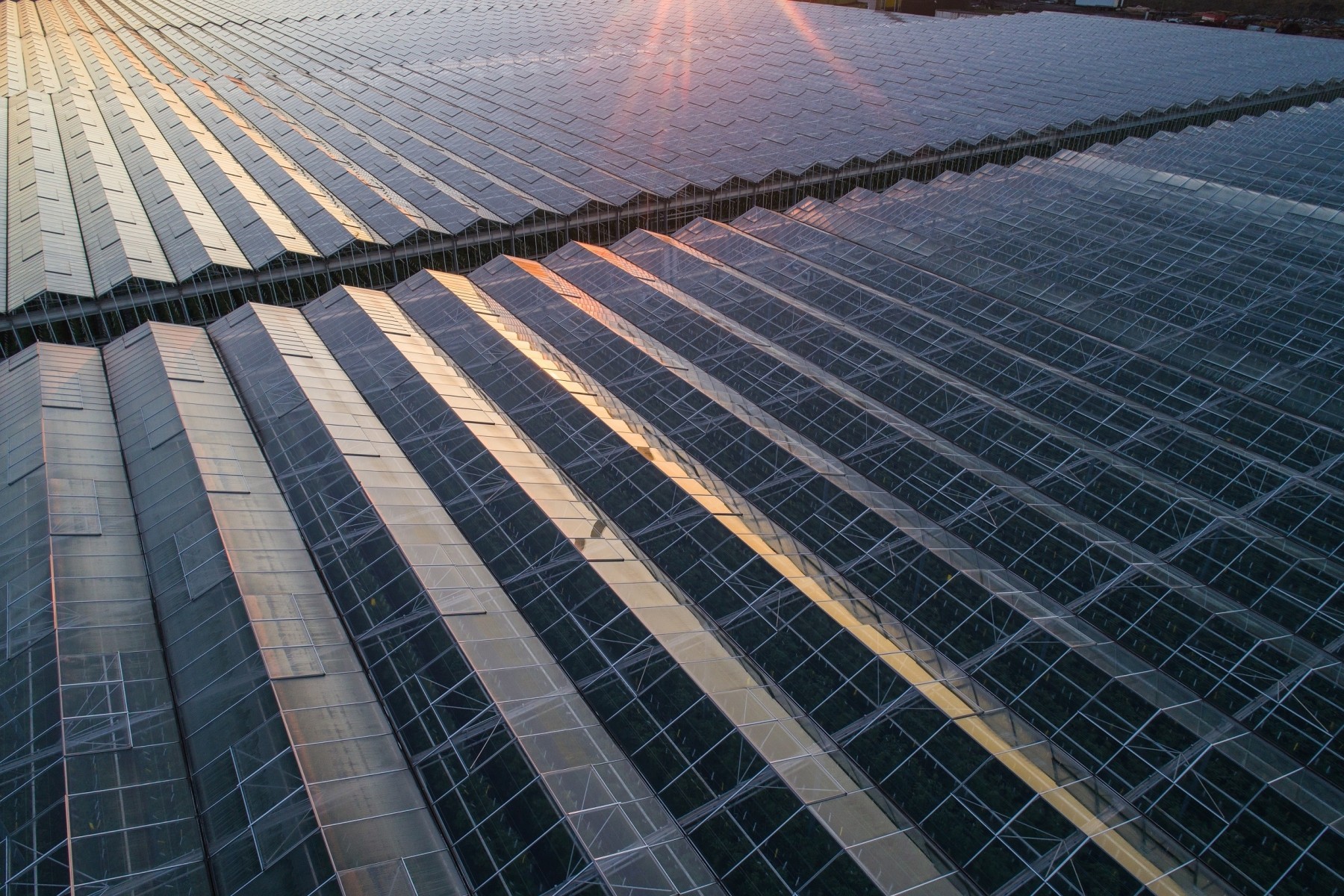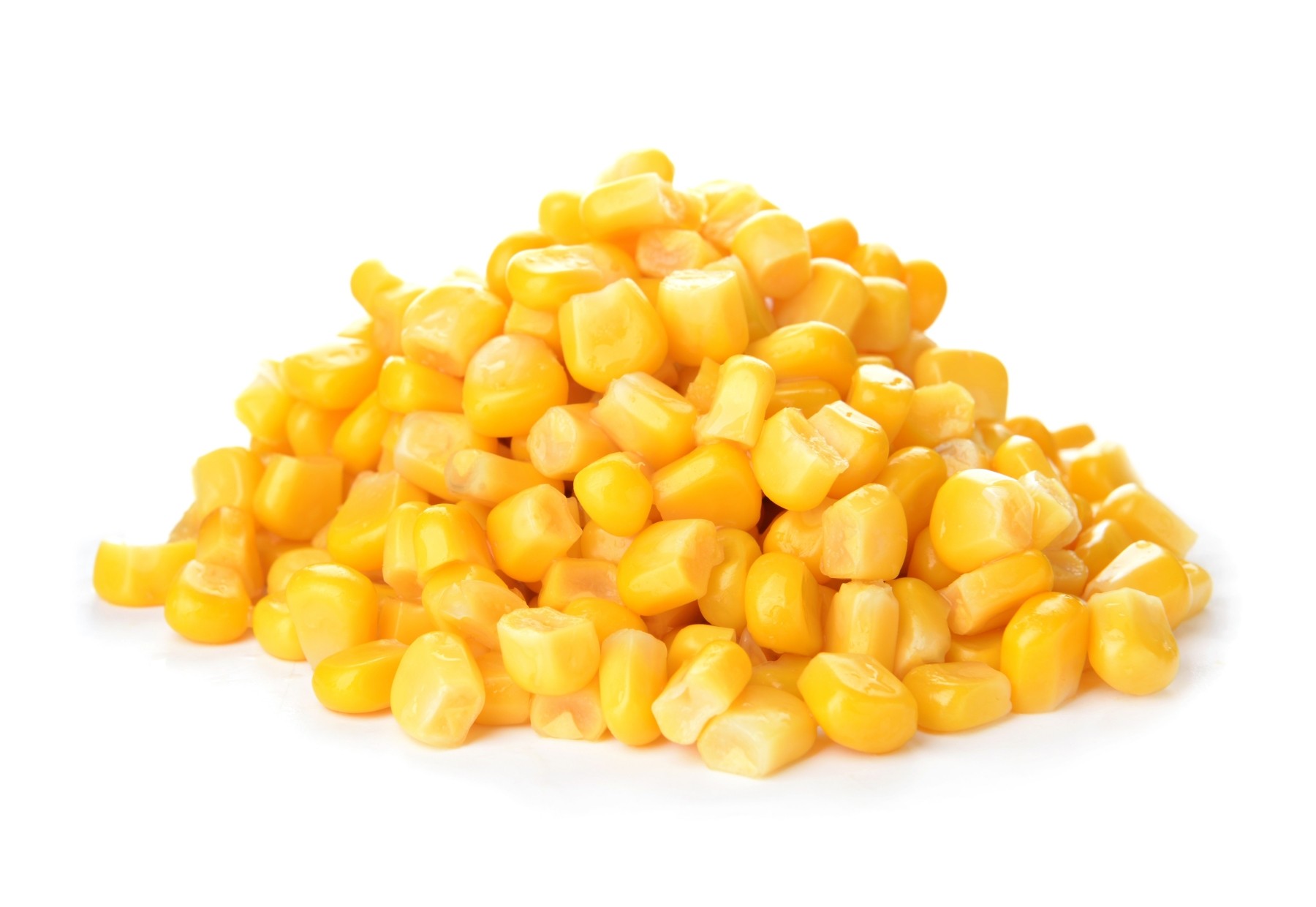
Greater energy efficiency in greenhouse growing
Developing a thermal blind for greenhouses made of warp-knitted spacer fabrics Learn morePeople are becoming increasingly aware of the need to live more sustainably, so demand for regional products is continuously increasing, particularly in agriculture.1 In Germany, too, domestic agricultural products are gaining in popularity. This leads to conflicting goals, since ensuring a year-round supply would require outdoor cultivation areas (currently accounting for 98 % of land use) to be converted to large-scale energy-intensive greenhouse horticulture.2 The Chinese lean-to construction method of “net-zero” energy greenhouses is energetically and economically favourable. With insulated north, east and west walls and a transparent south side that can optionally be insulated against heat loss with straw mats, these greenhouses use any solar energy that falls on them during the day extremely efficiently. 3
This article is about:
Read More From My Textile News
Get free access to all articles, numerous specials and interviews. Register for freeRegisternow for free to get access to more interesting content

Next generation bio-derived LYCRA® fiber
Register now
Vehicle interiors undergo change
Register now